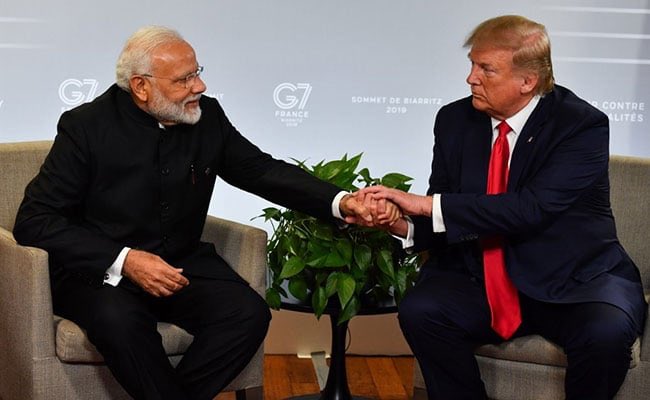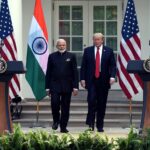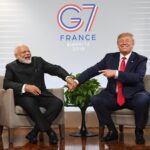Prime Minister Modi’s upcoming visit to Washington, shortly after President Trump’s return to office, presents an opportunity to quickly engage on economic priorities. During the first Trump Administration officials from both India, and the United States would coolly state that “Make in India” and “Make America Great Again” could be mutually supportive. And, at the same time, we engaged in a fairly intensive trade war.
As we enter the second Trump Administration, to avoid a re-escalation of trade tensions, both governments must work harder to find the ways our approaches to trade and manufacturing can indeed be mutually supportive. The most logical form is to organize an American export package of the capital goods, raw materials, and intermediate goods that will help India’s policies like the Production Linked Incentive (PLI) programs succeed.
We can expect the Trump Administration to push the government of India to purchase more American products. The U.S. does have a 2-to-1 goods trade deficit with India. India has relatively high trade barriers which were significantly increased during the Modi government’s first term. However, India faces similar—but greater—pressures to improve its own manufacturing sector. Both, India and the United States also have a high trade deficit. India’s total trade deficit, measured a percent of its economy, is as much as four times higher than America’s. India has hundreds of millions of under-employed agriculture workers shifting to cities searching for low-skilled, higher-paying jobs. And both the United States and India rely too heavily on technology imports from China, posing security risks.
On assuming office in 2014, the Modi government announced its intention to increase the manufacturing sector’s contribution to GDP from 15 to 25 percent by 2025. Here we are in 2025, and the share has actually shrunk—estimated at 13 percent in 2023. This, despite initiating a range of policy interventions like the national Goods and Services Tax (GST) and new protections such as mandatory local manufacturing rules.

India has a growing number of PLI programs since the program was first created in 2020; there were 14 as of late 2024, covering sectors like electronics, medical devices, automobiles & components, steel, food products, and more. Companies in these sectors can submit proposals to the government, pledging increased levels of production to secure subsidies from the government. While there is a fairly vibrant debate over whether the program is working as intended, there is little doubt that it is spurring companies in the target industries to ramp up capacity.
Therein lies an opportunity.
Pushing each other on increasing market access and reducing customs duties will likely dominate the bilateral commercial agenda. But, at least in parallel, the U.S. government should assess the sectors and companies that stand the best chance of exporting world-class products to India that would help Make in India be successful.
The United States has some of the world’s largest capital goods manufacturing firms. The U.S. also has a rich ecosystem of companies that supply intermediate goods and raw materials to the sectors India has prioritized for its manufacturing support programs.
India just provided a tremendous opening with several provisions in its recently released Union Budget 2025-26. Dozens of capital goods items for producing batteries for vehicles and phones, for instance, were exempted from customs duties. The Budget also included duty reductions on intermediate goods used for technology manufacturing, satellites, and more.
The U.S. Foreign & Commercial Service and the U.S. Trade & Development Agency have the footprint and expertise to lead the charge on this front. The U.S. government can plan a series of trade missions in these sectors. Groups like the U.S.-India CEO Forum and the two nations’ key trade bodies should develop concrete lists of goods India will find in short supply for its manufacturing push and ensure American companies in these sectors are cognizant of export opportunities. We can also expect the Trump Administration to have a higher comfort level in relaxing export controls to win more sales in India as we saw with high-end drones in 2017. The Biden Administration announced its intention to re-open trade with Indian companies sanctioned after the 1998 nuclear tests; the Trump Administration will likely carry this forward since it could improve American exports.
The competing manufacturing priorities of the United States and India may very well push commercial policy talks back into harmful territory. But there are real pathways to co-prosperity in ways that will help both nations improve manufacturing competitiveness and our respective balances of trade.
(The article was published by the Center for Strategic and International Studies (CSIS), on February 10, 2025. South Asian Herald republished it with permission from CSIS.)






